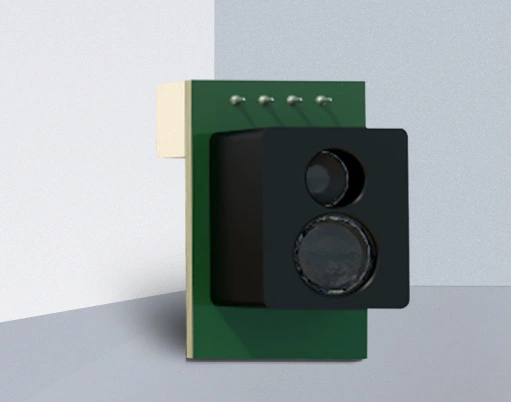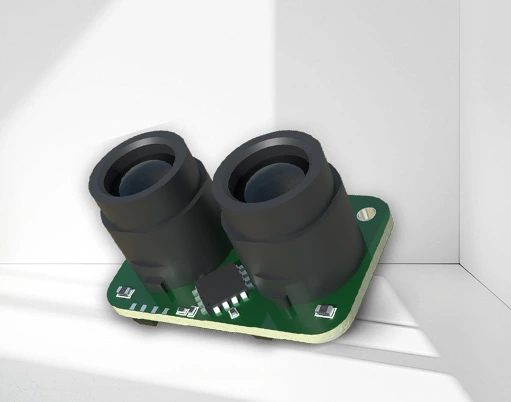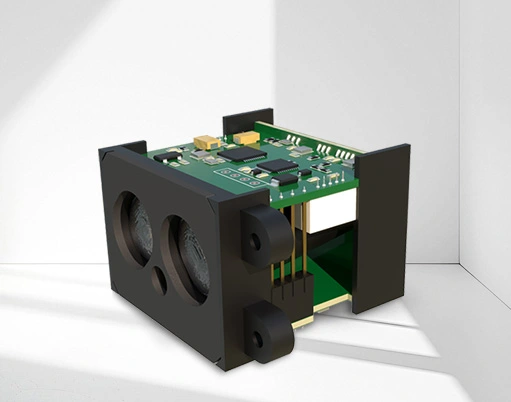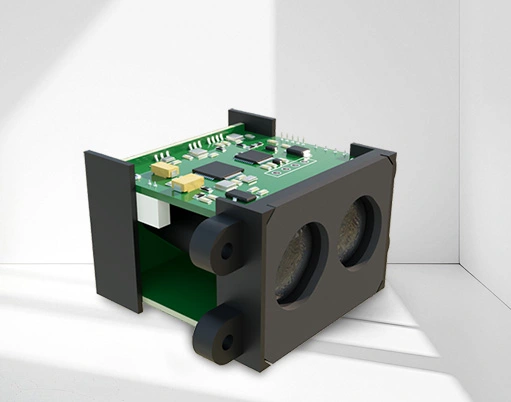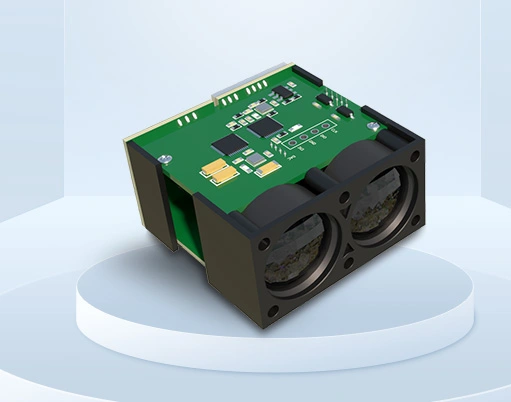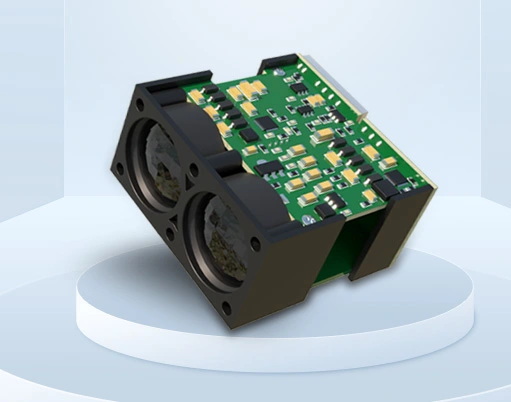
In addition to water, photoelectric laser sensors can also work in the following special environments:
High temperature environment: Some photoelectric laser sensors can be used in high-temperature scenarios, such as the metal casting and processing industry. ProH series laser camera sensors like Precimeter can measure liquid level height on molten metal surfaces with temperatures up to 1000 ° C. Their built-in algorithms and optical design enable them to maintain measurement stability even under conditions such as steam, smoke, and dust in casting sites.
Low temperature environment: Some optoelectronic laser sensors with wide temperature range design can operate stably in low temperature environments. For example, at the construction site of the Sichuan Tibet Railway, a monitoring network composed of relevant sensors is used to dynamically monitor the settlement of the tunnel arch crown and slope displacement 24 hours a day. Its wide temperature range design of -40 ℃ to 85 ℃ ensures normal operation in high-altitude and cold environments.
High humidity environment: Through sealing design and waterproof coating measures, the photoelectric laser sensor can adapt to high humidity environments. Even in humid outdoor environments or production workshops with high humidity, it can prevent moisture from entering the interior and affecting optical components and circuit boards, ensuring measurement accuracy.
Strong electromagnetic interference environment: Laser belongs to optical signals and is not easily affected by electromagnetic radiation. Therefore, in strong electromagnetic interference environments such as substations, factory workshops, etc., photoelectric laser sensors can still work stably and can be used for object detection, distance measurement, etc. in this environment.
High reflective environment: Some laser sensors have anti reflective design and can work in high reflective environments. For example, the Ha Gong Zhi height measurement and reflection series 3D laser vision sensor, with its unique point laser scanning technology, can accurately identify materials with poor reflectivity, bright aluminum alloys, stainless steel, and even workpieces in a mirror like state.
Vibration and impact environment: The specially designed optoelectronic laser sensor has certain anti vibration and impact capabilities, and can work normally in vibration environments such as vehicle driving, industrial equipment operation scenarios, as well as environments that may be affected by impacts such as construction sites. It will not seriously affect measurement accuracy due to internal structural deformation or optical component misalignment.

























